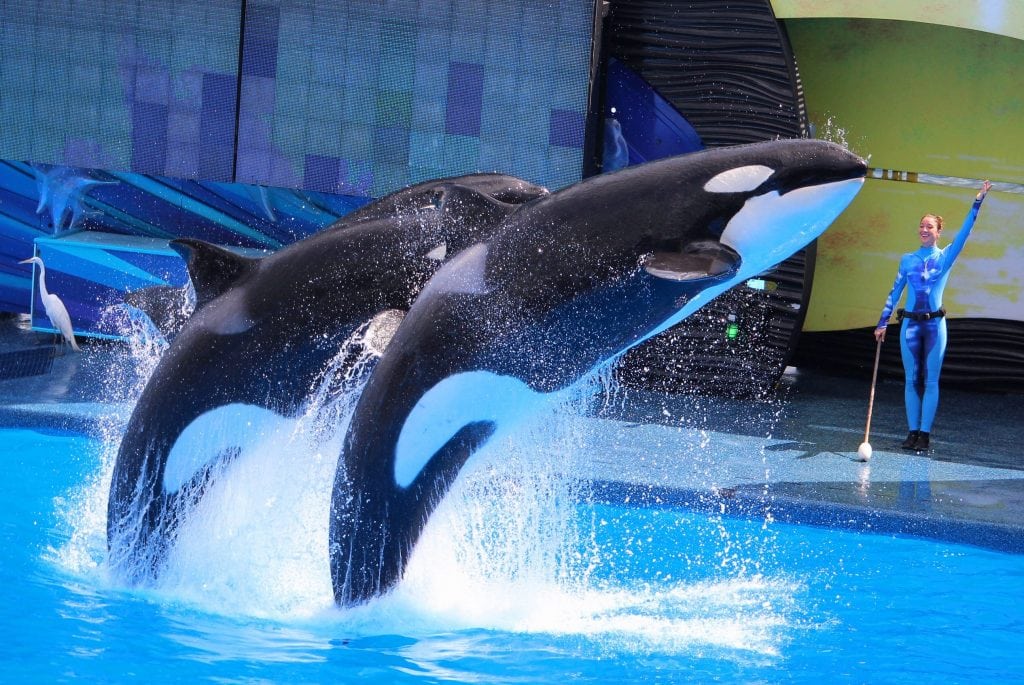SeaWorld Strikes a Familiar Tune With Fresh Focus on Animals

Skift Take
SeaWorld wants to talk more about its animals and the workers who take care of them. But the company should realize that any focus on animals will come with additional scrutiny.
After spending the last couple of years moving away from talking about its animals, the new leadership at SeaWorld Entertainment sounds like it wants to start talking more about its animals.
During his second earnings call with analysts Tuesday, Interim CEO John Reilly said the theme park operator is doing a better job of explaining why people should visit, highlighting its animals, rides, events, and value proposition.
But he said SeaWorld needs to improve the way it talks about its veterinary, marine biology, and animal care teams as well as the work they do on conservation, animal rescue, education, and animal research. It's a familiar refrain for the company, which has been under fire for years by criticism over its treatment of captive orcas.
"We need to continue to showcase these activities through our marketing and communications strategy, so that more people know about this outstanding work," Reilly said. He mentioned the recent marketing initiative called Park to Planet, which showcases animals both in parks and in the wild and draws a line from visiting the theme parks to supporting rescue work. And, he said, the company is optimizing its spend to get more out of digital, social, and earned media.
"These activities signal a more aggressive
